Electronics News
Knowridge
433
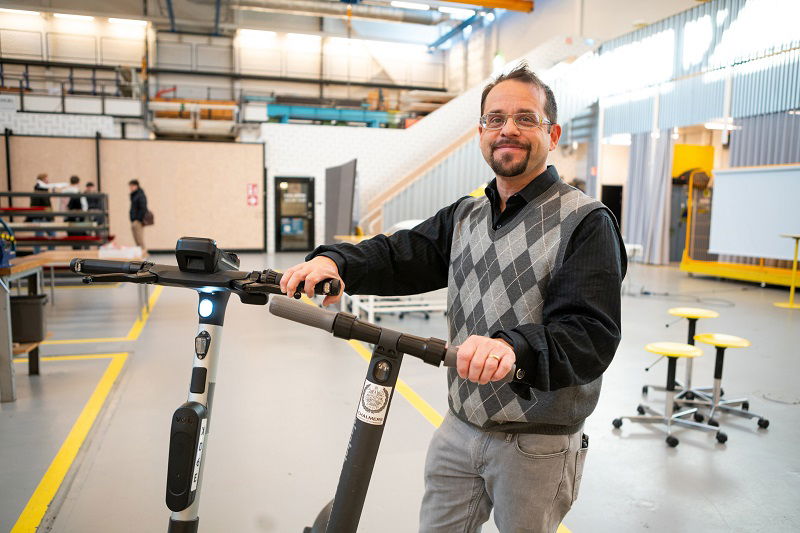
Image Credit: Knowridge
Why e-scooter accidents happen – and how to prevent them
- A study from Chalmers University of Technology in Sweden reveals that risky rider behavior is the primary cause of e-scooter accidents.
- Researchers reviewed data from nearly 7,000 trips on rented e-scooters and identified 19 crashes and 42 near-crashes.
- The study found that 20% of serious accidents were caused by riders deliberately creating danger or riding recklessly.
- To enhance safety, researchers suggest integrating warning technology, lowering speed limits in high-risk areas, and emphasizing rider education.
Read Full Article
26 Likes
Knowridge
201
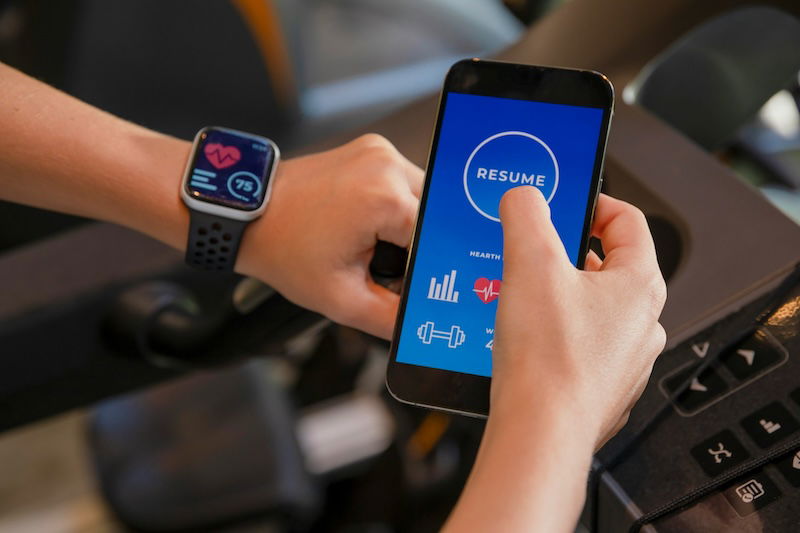
Image Credit: Knowridge
Your smartwatch might be a powerful heart health tool
- A new study suggests that smartwatches can assess heart health by using a metric called daily heart rate per step (DHRPS).
- The DHRPS combines average daily heart rate and total steps per day to provide insights into heart fitness.
- Researchers found that a higher DHRPS was linked to increased risks of Type 2 diabetes, heart failure, high blood pressure, and coronary atherosclerosis.
- The study analyzed data from nearly 7,000 adults and showed that DHRPS predicted heart-related conditions better than individual metrics.
- DHRPS was also found to be more closely related to heart performance during exercise than traditional smartwatch data.
- This new metric could help identify individuals who may benefit from additional testing or heart-strengthening exercises.
- Researchers believe that with further testing and refinement, DHRPS could complement existing methods for detecting heart problems.
- While promising, the study is in its early stages, and more research is needed to confirm its accuracy and long-term usefulness.
- Overall, the study hints at a future where everyday wearables could play a significant role in preventing cardiovascular diseases by providing early warnings.
- The findings emphasize the potential for accessible and practical health monitoring using existing smartwatch data.
Read Full Article
12 Likes
Brighter Side of News
68
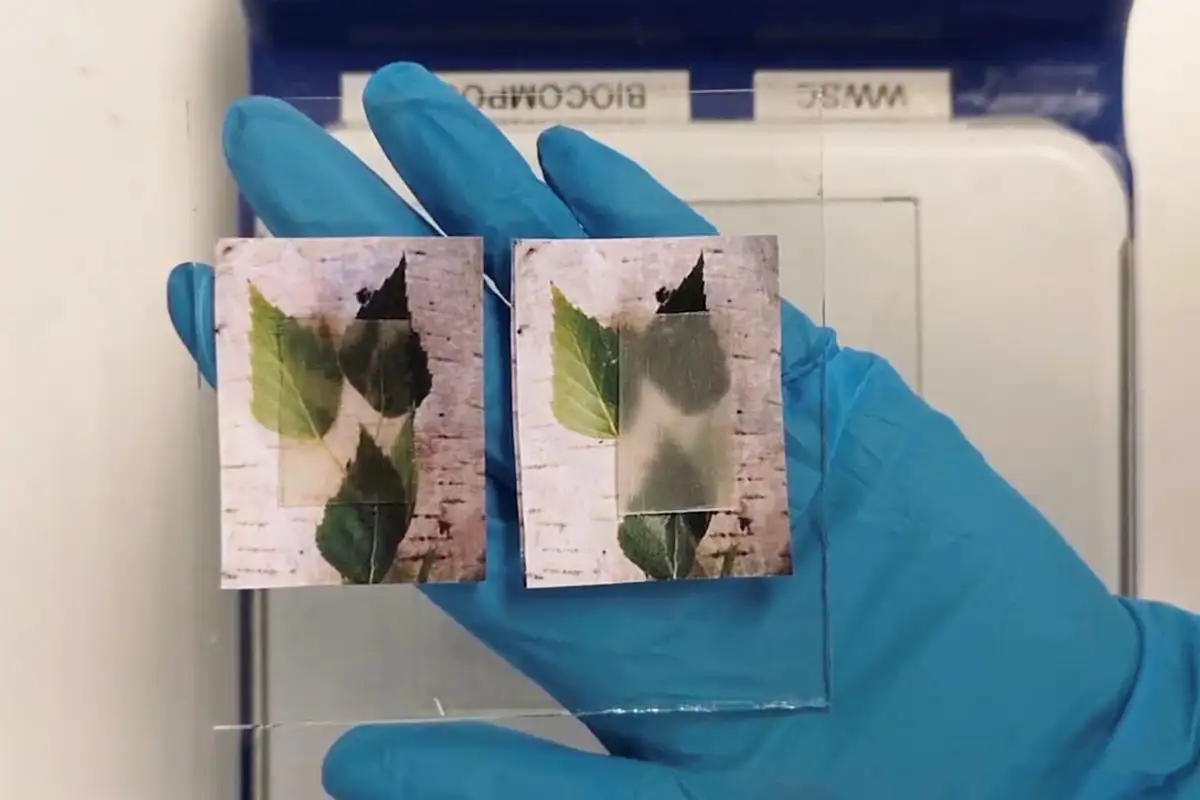
Image Credit: Brighter Side of News
Transparent wood looks to revolutionize home construction and personal electronics
- Researchers have developed transparent wood as a sustainable alternative for plastics and glass in various applications like electronics and construction.
- The process of making transparent wood involves removing lignin and hemicellulose from wood and filling the pores with natural materials like egg whites and rice.
- Transparent wood offers advantages like biodegradability, thermal insulation, and impact resistance over traditional glass.
- The material shows promise for use in windows, building walls, solar panels, and electronic devices, potentially reducing environmental impact and production costs.
- Transparent wood demonstrates better thermal performance, staying cooler in heat compared to glass, which can lead to energy savings in buildings.
- Adding silver wires to transparent wood enables electrical conductivity, paving the way for biodegradable electronics such as wearable sensors and solar cells.
- Challenges for transparent wood technology include improving transparency, strength, and exploring different wood types and filling mixtures for optimal properties.
- The material's simplicity, biodegradability, and affordability make it an attractive option for sustainable architecture and eco-friendly products.
- Transparent wood could revolutionize industries by offering a renewable, biodegradable alternative to plastics, reducing environmental harm and production costs.
- The research on transparent wood's development and potential applications will be presented at the spring meeting of the American Chemical Society (ACS).
Read Full Article
4 Likes
Knowridge
114
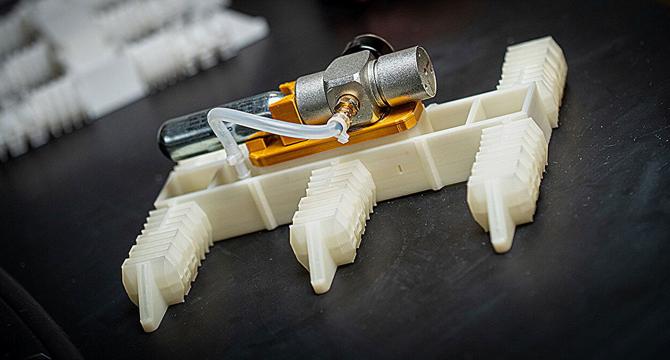
Image Credit: Knowridge
New 3D-printed robots walk without wires, electronics, or batteries
- Researchers at the University of California San Diego have developed 3D-printed robots that can walk without wires, electronics, or batteries.
- The robots are made from a single material, printed in one piece using a 3D printer and are powered by a small cartridge of compressed gas.
- They can function in environments where traditional electronics wouldn't work, such as high radiation areas or space, and can walk on different surfaces and even underwater.
- The team plans to work on storing the compressed gas within the robot and using eco-friendly materials in future iterations.
Read Full Article
6 Likes
Knowridge
343
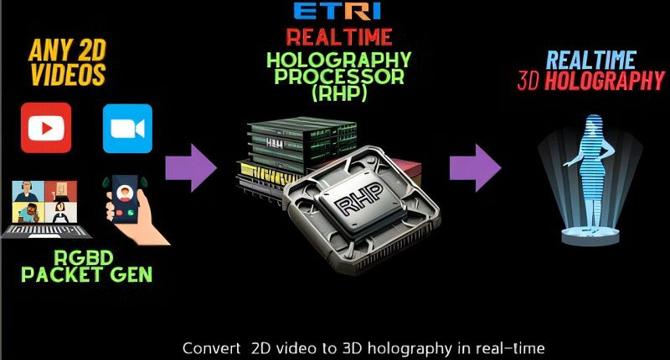
Image Credit: Knowridge
Scientists create first real-time hologram chip that turns 2D video into 3D holograms
- Korean researchers at the Electronics and Telecommunications Research Institute (ETRI) have developed a Real-Time Holography Processor (RHP).
- The RHP chip can turn 2D videos into full-color, real-time 3D holograms with 4K resolution and 30 frames per second.
- The chip uses high-speed high-bandwidth memory (HBM) and performs complex math to simulate light wave movement, making the process quick and energy-efficient.
- The goal is to create an even better chip for everyday holographic displays, bringing real-time holograms into homes, schools, and workplaces.
Read Full Article
20 Likes
Knowridge
68

Image Credit: Knowridge
New brain-like memory chips could help AI remember better
- Scientists have developed a new type of memory chip called memristors.
- Memristors work similar to brain cells and can help solve the problem of 'catastrophic forgetting' in AI.
- These chips can keep old information while learning new things, just like our brains.
- The new memristor design is more reliable, durable, and works well at lower voltages.
Read Full Article
4 Likes
Livescience
192
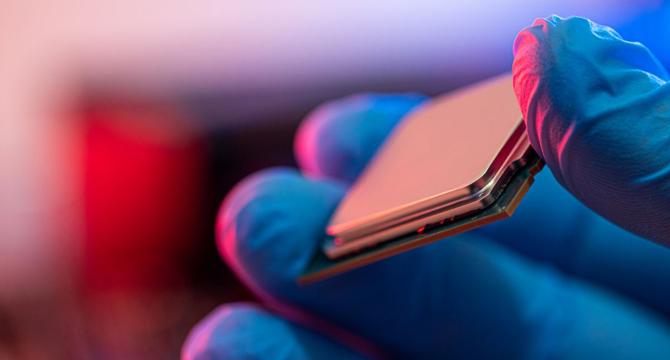
Image Credit: Livescience
China's new 2D transistor could soon be used to make the world's fastest processors
- Researchers in China have created a new silicon-free transistor, with potential to make processors up to 40% faster while reducing energy consumption by 10%.
- The new two-dimensional silicon-free transistor, called gate-all-around field-effect transistor (GAAFET), wraps the gate around all four sides of the source.
- The unique architecture of the GAAFET transistor allows for better electrostatic control and potential improvements in performance and efficiency.
- The use of bismuth oxyselenide as the semiconductor in the transistor enhances flexibility, carrier mobility, and energy efficiency.
Read Full Article
11 Likes
Knowridge
297

Image Credit: Knowridge
New AI could turn meal photos into instant nutrition facts
- Researchers from NYU Tandon School of Engineering have developed an AI system that can recognize meals from photos and provide a full nutritional breakdown.
- The smart food scanner uses an AI image recognition tool called YOLOv8 to identify different types of food, estimate portion sizes, and calculate the nutritional content.
- The AI system has an accuracy rate of around 80% and is currently a prototype, but it has the potential to be expanded for everyday health tracking and used by healthcare providers.
- The tool aims to make healthy eating easier and smarter, helping people manage their weight, diabetes, and other diet-related health concerns.
Read Full Article
17 Likes
Knowridge
27

Image Credit: Knowridge
E-scooters could help make cycling safer on the roads, study finds
- A new study suggests that e-scooters have contributed to a 20% drop in bicycle collisions on the roads.
- The research, based on UK police records, compared areas with e-scooter rental schemes to those without.
- The decrease in bike accidents in areas with e-scooter programs supports the theory of 'safety in numbers,' promoting cautious driving.
- This study may encourage more cities to support micromobility options for both convenience and road safety.
Read Full Article
1 Like
Knowridge
390
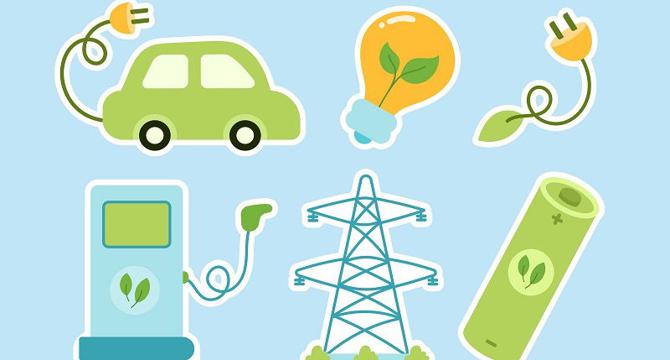
Image Credit: Knowridge
Tiny new sensor could help stop battery fires before they start
- Scientists have developed a new sensor to prevent fires and explosions caused by lithium-ion batteries.
- The sensor is designed to detect ethylene carbonate (EC) gas, which is released when the battery is damaged or overheated.
- The sensor uses a covalent organic framework (COF) material, called COF-QA-4, to detect EC gas at low levels.
- This low-cost and energy-efficient sensor could be used in electric vehicles and other devices to provide early warnings and prevent accidents.
Read Full Article
23 Likes
Eletimes
192
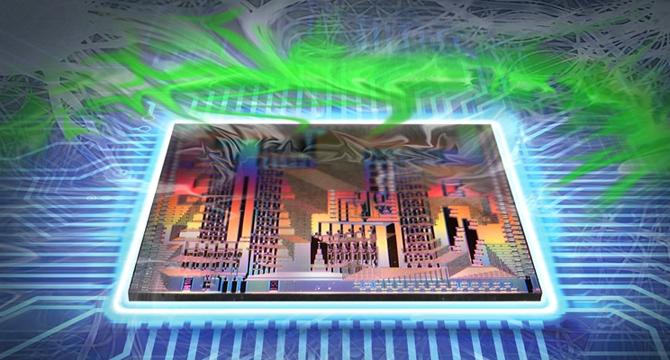
Image Credit: Eletimes
Breaking Boundaries with Photonic Chips and Optical Computing
- Photonic chips and optical computing are ushering in a new era by leveraging light for high-performance computing and data processing.
- Photonic chips use photons for information transmission, offering advantages like speed, energy efficiency, and parallel processing over traditional electronics.
- Key components of photonic chips include waveguides, modulators, detectors, and resonators for advanced signal processing.
- Optical computing, with its speed, low energy consumption, and massive parallelism, aims to revolutionize information processing and reduce signal crosstalk.
- Core technologies enabling photonic computing include silicon photonics, optical logic gates, neuromorphic computing for AI acceleration, and quantum photonics for secure computation.
- Applications range from data centers and AI acceleration to telecommunications, healthcare, defense, and aerospace, showcasing the versatility of photonic computing.
- Challenges such as fabrication complexity, hybrid architectures, software development, and energy efficiency must be addressed for broader adoption of photonic computing.
- Photonic computing signifies a paradigm shift with its speed, efficiency, and scalability, promising transformative impacts on various industries and information processing.
Read Full Article
11 Likes
Knowridge
330
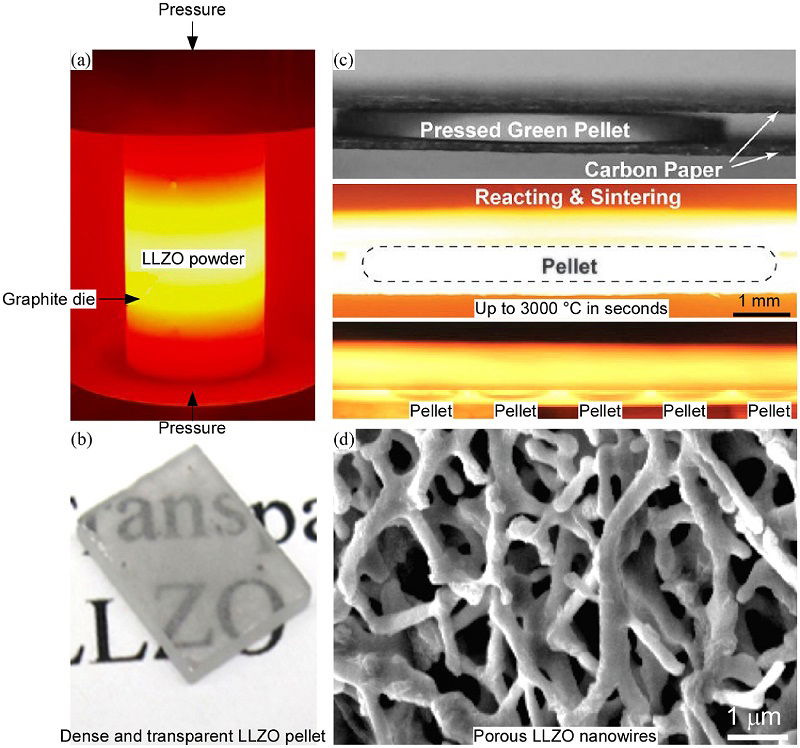
Image Credit: Knowridge
Solid-state lithium batteries may not be the game-changer we expected
- A recent study suggests that solid-state lithium metal batteries using lithium lanthanum zirconium oxide (LLZO) as a solid electrolyte do not significantly increase energy density compared to current lithium-ion batteries.
- The use of LLZO results in only a small improvement in energy density, achieving 272 Wh/kg compared to the 250-270 Wh/kg of lithium-ion batteries.
- LLZO faces challenges such as weight, brittle nature, manufacturing difficulty, and issues with lithium dendrites.
- Researchers propose hybrid solutions, such as LLZO-in-polymer composite electrolytes, and quasi-solid-state batteries to improve energy performance, reduce weight, and address practical engineering issues.
Read Full Article
19 Likes
Knowridge
390
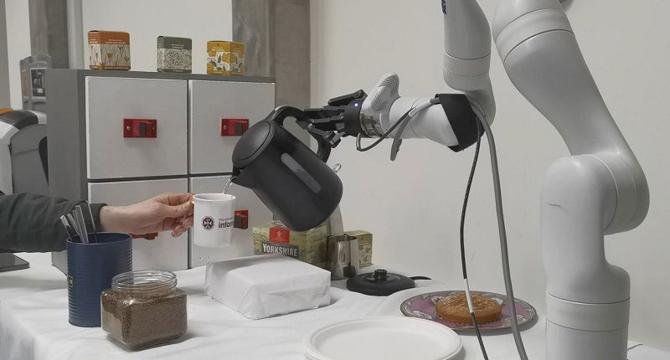
Image Credit: Knowridge
Smart coffee-making robot shows the future of AI-powered machines
- A team of scientists has developed an AI-powered robot that can make coffee in a busy kitchen.
- The robot combines advanced AI, sensitive sensors, and fine motor skills to adapt to its environment.
- It understands verbal instructions, scans the kitchen, measures and mixes coffee, and can adapt to unexpected changes.
- This breakthrough opens up possibilities for intelligent robots in various real-world environments.
Read Full Article
23 Likes
Knowridge
73
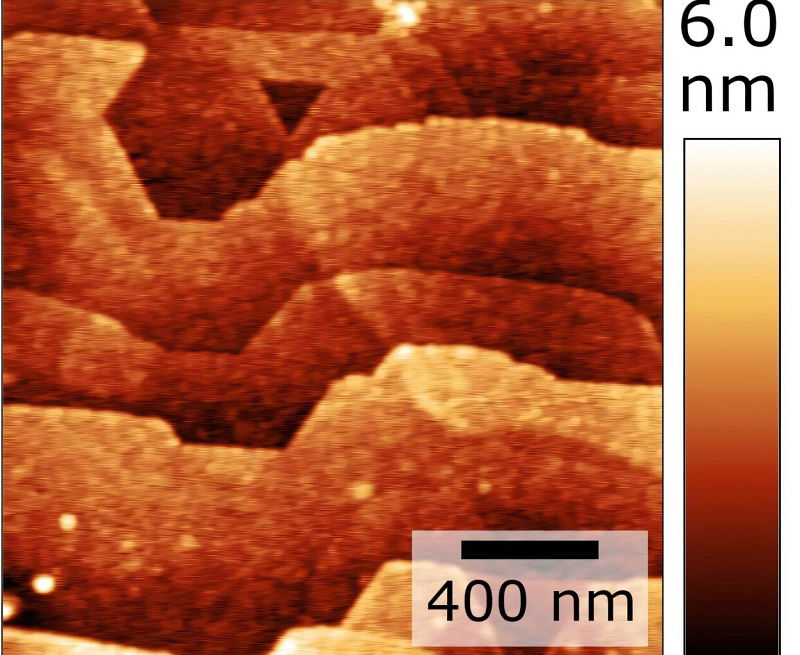
Image Credit: Knowridge
Scientists develop advanced materials to improve power electronics
- Scientists are working to develop better materials for power electronics to reduce energy loss and improve performance.
- Research focuses on wide-bandgap materials such as aluminum gallium nitride (AlxGa1-xN), which can handle more power while reducing heat and electrical losses.
- A team of researchers from NREL, Colorado School of Mines, and Oak Ridge National Laboratory found that growing AlxGa1-xN on tantalum carbide (TaC) substrate helps reduce defects and improve energy efficiency in power electronics.
- Combining experimental and computational research, scientists are making advancements in power electronics that could lead to more efficient and powerful electronic devices.
Read Full Article
4 Likes
Pymnts
339

Image Credit: Pymnts
Nvidia to Buy ‘Several Hundred Billion’ Dollars’ Worth of US-Made Electronics
- Nvidia plans to purchase 'several hundred billion' dollars' worth of US-made electronics over the next four years.
- The chip designer will source products from suppliers like TSMC and Foxconn, improving supply chain resiliency and avoiding tariffs.
- The move allows Nvidia to reduce dependence on TSMC's facilities in Taiwan and mitigate risks related to China and potential US tariffs.
- Nvidia CEO believes that the Trump administration's policies will support the growth of AI and data centers in the US.
Read Full Article
20 Likes
For uninterrupted reading, download the app